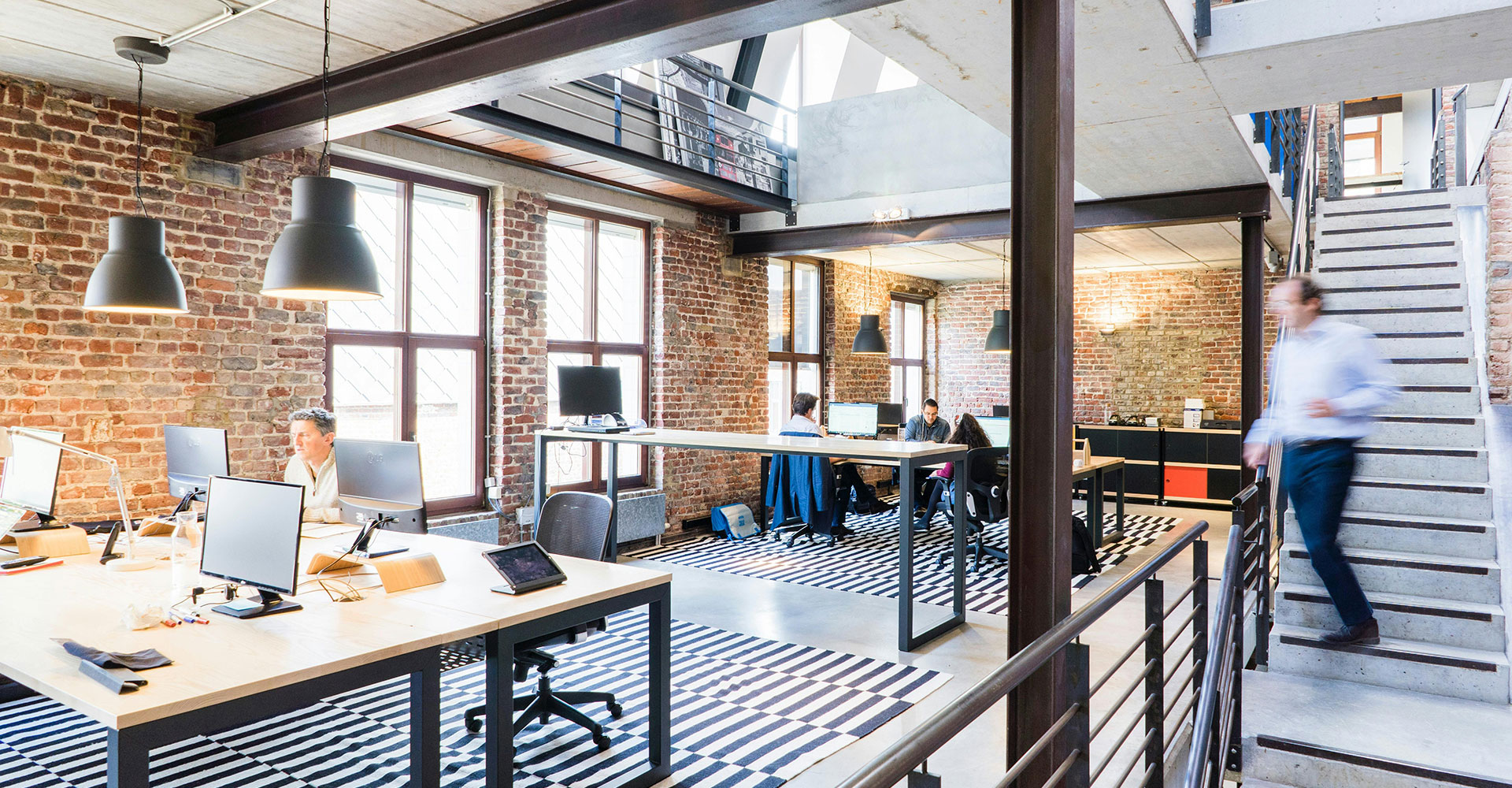Looking to invest in commercial real estate? Consider the life science sector. The industry’s record low vacancies and high demand — especially in biolab hubs — make it an attractive investment for CRE investors.
Significant increases in public and private funding, with a dash of post-pandemic-fueled urgency and market opportunity are all driving this sector’s unprecedented growth. For example, researchers have forecast a 33% to 50% increase in demand for class-A life sciences properties just in 20 U.S. metros. That’s about 65M SF of space.
An architecture, design, and planning firm specializing in life science projects said 2021 was one of its best years ever. Driven by 11M SF of active construction projects, the company doubled its Boston and NY staff.
One commercial real estate firm noted that the life science industry in the U.S. and Europe benefitted from more than $86B in venture capital funding in 2021, with nearly $50B in biotech startup funding in the U.S. alone by November 2021. Those numbers aside, last year was more bullish than normal, and experts predict rising interest rates may cool the market somewhat. However, even if the market doesn’t see the same stratospheric highs as last year, total investments will still surpass 2020 levels which were, at the time, considered very strong.
According to Crunchbase data, a minimum of 46 biotech firms have raised rounds of at least $100M. But there have been some unicorns, too, including:
- Resilience, which raised $625M in a Series D funding round
- Ultima Genomics, which secured about $600M in recent funding
- Eikon Therapeutics, which raised $518M in Series B financing
Current venture capital hot spots include NYC/NJ/CT ($1.4B), Philadelphia ($875M), and Baltimore/DC ($877) as of Q4 2021.
A senior director of research and analysis at another respected CR company confirmed that occupancy rates remain high, with low vacancy rates hovering at or below 1%. Space is tight in common life sciences sectors even in areas like Cambridge, MA, where new biolab space has nearly doubled over the past three years. New Jersey has seen a nearly 8% rise in rents in Q4 2021, for example.
Biolab Facilities as Investments
Since the pandemic dramatically increased healthcare research and development, demand for lab spaces increased. A need for more spaces, plus low vacancy rates in many of the life science cluster markets, has driven rents higher. Viewed as a defensive asset class, life sciences is one of the few sectors showing such a high level of rent growth.
Biolab inventory nationwide — including in the three top markets of Boston, San Diego, and San Francisco — totals over 150M SF. But other centers are growing in Austin, Chicago, and Denver. And, more importantly, biotech R&D jobs are growing at their fastest pace ever. Along the east coast, for example:
- Over 50K people work in biotech in NYC
- Over 75K people work in biotech in New Jersey – with 7.1% growth in R&D jobs alone
- Over 50K people work in biotech in Philadelphia
- The Boston-Cambridge market has over 100K people working in biotech – with 6.8% growth in R&D jobs alone
Urban markets are also seeing strong growth, including in Montgomery County and Philadelphia, PA, with over 10% and nearly 20% growth respectively as of Q4 2021. Both tenants and investors continue to target live science labs. Demand for space in Q3 2021 — the last quarter for which information was available — remained high.
According to Grand View Research’s Market Analysis Report, which examines trends, market size and share in the Life Science Market between 2022 and 2030, the market will continue growing at a compound annual growth rate (CAGR) of 7.7% for the next eight years. following key factors are fueling growth:
- Adoption of analytics and reliance on descriptive/reporting analysis, use of prescriptive/predictive analysis to estimate future trends and results
- Rising influence of social media and the internet, both of which impact patient engagement directly and help drive adoption of more analytical solutions
Many advanced analytical solutions will benefit the industry, helping it to manage supply chain, clinical trial design and execution, R&D and pharmacovigilance while also maintaining regulatory compliance and enhancing sales and marketing.
Big data analytics and advanced data mining techniques can also help companies identify and evaluate at-risk populations and develop appropriate strategies. Other organizations associated with the life sciences and healthcare industries — like financing organizations and government bodies, for example — have increased their use of predictive analytics to prevent fraud and manage claims, further boosting the market growth.
Catching and Riding the Investment Wave
Many real estate investors, excited by ongoing developments within the life science sector, remain undeterred by higher barriers to entry, competitive bidding, or compressed cap rates below 5%. They’re still buying class-A office buildings and as current tenants leave, converting them into lab spaces, when appropriate. Buildings do need to be zoned properly, and they require a minimum of 13 ft. high ceilings (higher for labs requiring extensive HVAC ventilation or power systems), plus floors capable of supporting up to 150 pounds per SF — a necessity, for example, for wet labs.
But interest is high and investments are booming. Between Q1 and Q3 2021, the life sciences/R&D sector saw investment sales volumes soar over $19B — a $9B increase from 2020 and over 50% more than the real estate volume pre-2020, according to one real estate data firm.
Currently, there’s over 25M SF of converted and ground-up lab space under construction in the U.S. Already, over 75% of that space has been pre-leased. Lab vacancy in 12 life-sciences markets nationwide hit another record low in Q1 2022 — in San Francisco alone, available space was estimated at only 200K SF. Demand will keep increasing this year supported by strong venture and corporate capital funding, healthy job growth, and a market committed to innovating.
Are you a commercial real estate investor or looking for a specific property to meet your company’s needs? We invite you to talk to the professionals at CREA United: an organization of CRE professionals from 92 firms representing all disciplines within the CRE industry, from brokers to subcontractors, financial services to security systems, interior designers to architects, movers to IT, and more.

